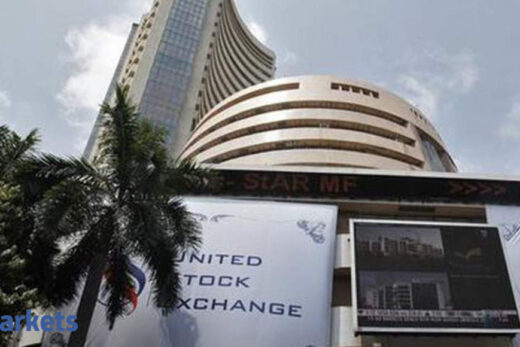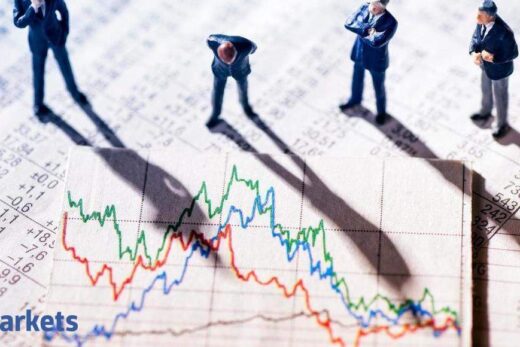Madhu Kela said he has seen Sensex’s journey from the 3,000 level to 50,000. “There has been so much doubt which has been carved on the India story from time to time. But ultimately people like us who have been really optimistic have been able to make the most out of this growth,” he said.
Market veteran Shankar Sharma said he did not see the 50,000 mark on Sensex coming up this early. He said that Covid which caused the problem also delivered the solution, which was paradoxical.
“We are seeing this bull market across Asia. If you look at China, the screen is blowing out the lights. Taiwan, Korea and even Japan that had never done well in the last 30 years, have been rocket markets. Covid created the massive problem, but that led to the massive stimulus by the Fed and by other governments in their own different ways. This did a 2008-2009 situation all over again. After the banking crisis, the GFC and big stimulus, we saw a 10-year bull market emerging from 2009. Covid did exactly the same thing, 11 years on so,” Sharma said.
Sensex hit a record high of 50,149.49 on Thursday. It took just 208 days and a solid 24,500-point rally for the index to reclaim the landmark over a 52-week low of 25,639 that it hit on March 24, 2020.
Ramesh Damani said that while the index’s impressive rally from 5,000 to 50,000 took just two decades, the road ahead offers an even greater promise.
“As India transforms itself from a third world country to the world’s third largest economy, I am reminded of author CS Lewis’ quote: ‘onward and upward’,” he said.
Celebrated investor Vijay Kedia expects the 1,00,000 level on Sensex to come in the next 4-5 years. He said that taking out the 50,000-level was just a journey, not a destination.
“Crudely, every 10 years, Sensex grows three folds. In the last 20 years, it has climbed 10 folds. Going by that analogy, the index should hit 1,25,000 to 1,50,000 by 2030. Simply speaking, if Sensex grows at 15-16 per cent CAGR, then by the formula of 72, it can hit 1,00,000 in the next 4-5 years. However, this calculation assumes economic growth and conditions remain slightly better than what they are today,” said Kedia in an exclusive interview with ETMarkets.com.
Nilesh Shah, Group President and MD at Kotak AMC, finds similarity between Sensex touching 50,000 in 2021 and Indian cricket team winning test series in Australia against all odds.
“While economic data is about the past, which is improving month on month, Sensex is reflecting the positivity about the future,” he said.
Manish Gunwani, CIO-Equity Investments at Nippon India Mutual Fund, said that while at one level 50,000 is just a number, the fact that it has come so much fast is a testimony to the remarkable resilience and massive potential that the Indian economy presents.
“As long as the economy delivers high nominal GDP growth equities will compound and investors should benefit from this by taking a long term view ,” he said.



